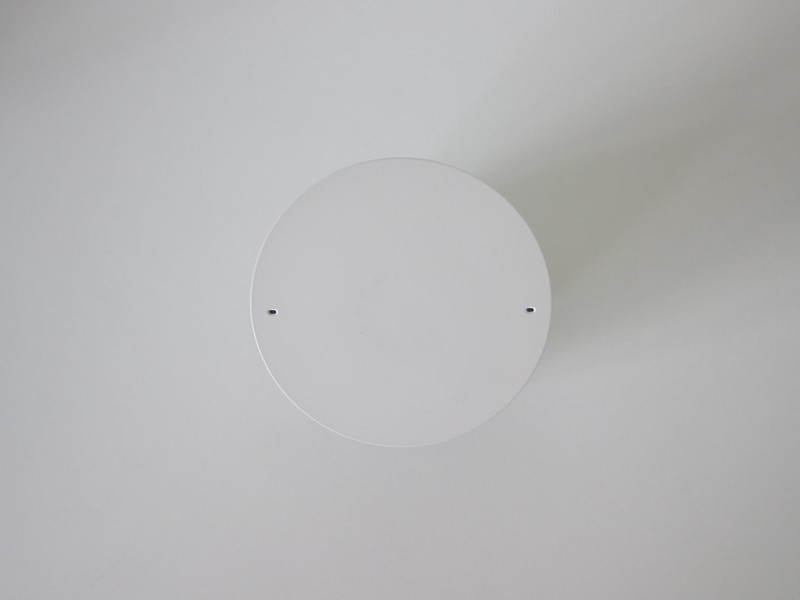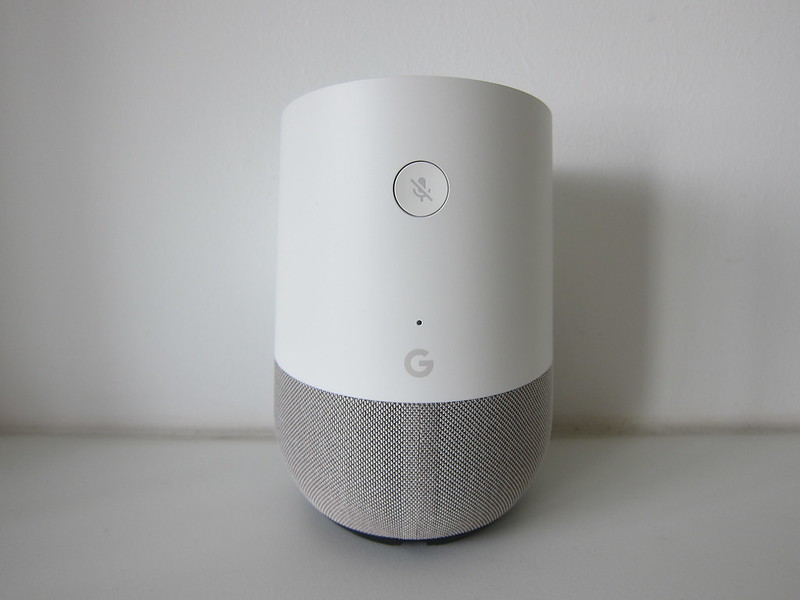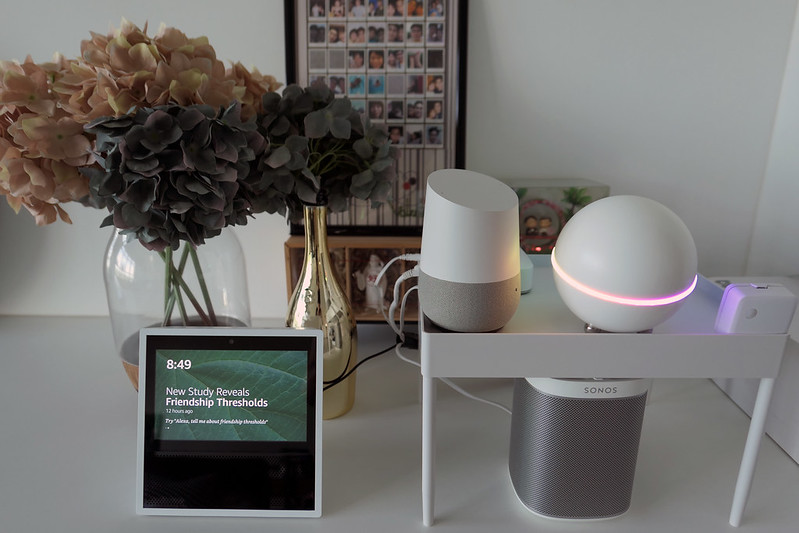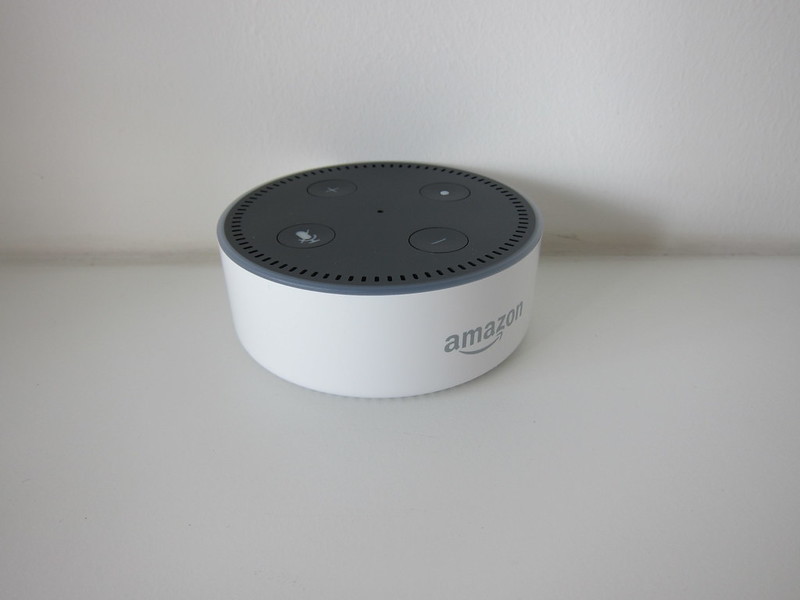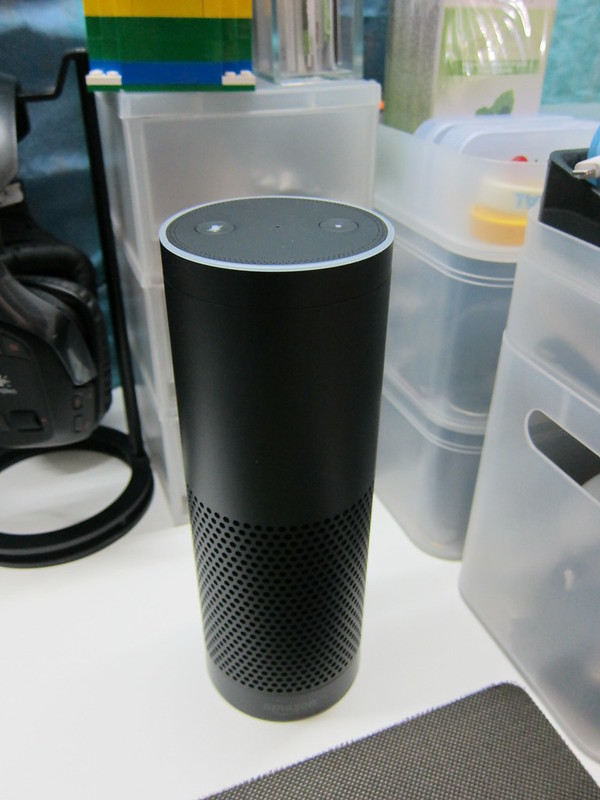Google Home
Finally jumped onto the Google Home bandwagon.
Last year, I decided not to buy it despite it being priced at US$99 (S$136) because the ecosystem was not very mature yet. Fast forward six months later, it has improved quite a bit.
Google Home now supports Logitech Harmony, iRobot, Anova Culinary, Sensibo, and much more.
I prefer Google Home’s speech recognition as it is more accurate and can understand the context of the speech as compared to Amazon Alexa.
I was waiting for the price to drop back to US$99 from its usual retail price of US$129 (S$177).
During US’s Independence Day (4th July), Google dropped the price back to US$99 and even throws in a free Chromecast (2015) worth US$35 (S$48).
However, the deal is only available on the official Google eBay store.
As usual, it doesn’t ship to Singapore directly, and hence I have to ship it to my freight forwarder, HopShopGo.
Specifications
- Speaker: 2″ driver and dual 2″ passive radiators with far-field voice recognition supports hands-free use
- Wireless: 802.11b/g/n/ac (2.4GHz/5GHz) Wi-Fi
- Audio Formats: HE-AAC, LC-AAC+, MP3, Vorbis, WAV (LPCM), FLAC with support for high-resolution streams
- Design: White body with Slate Fabric base
- Power: 16.5V/2A
- Dimensions (Diameter x Height): 96.4mm x 142.8mm
- Weight: 477g
- Supported OS: Android 4.1 and higher / iOS 8.0 and higher
Two of my most used devices in my smart home are habridge and Logitech Harmony.
Unfortunately, habridge is not supported in the latest version of Google Home app as it now requires you to authenticate remotely to meethue.com rather than locally.
Google Home now seems to not support local connection to Philips Hue Hubs and requires that it connect to meethue.com. Since the ha-bridge only emulates the local API and is not associated with Philips, this method will not work. If you have an older Google Home application, this may still work.
The work around for me (since I am using Fibaro) is to use IFTTT to call Fibaro API while waiting for Fibaro to launch their native Google Home integration.
Unboxing

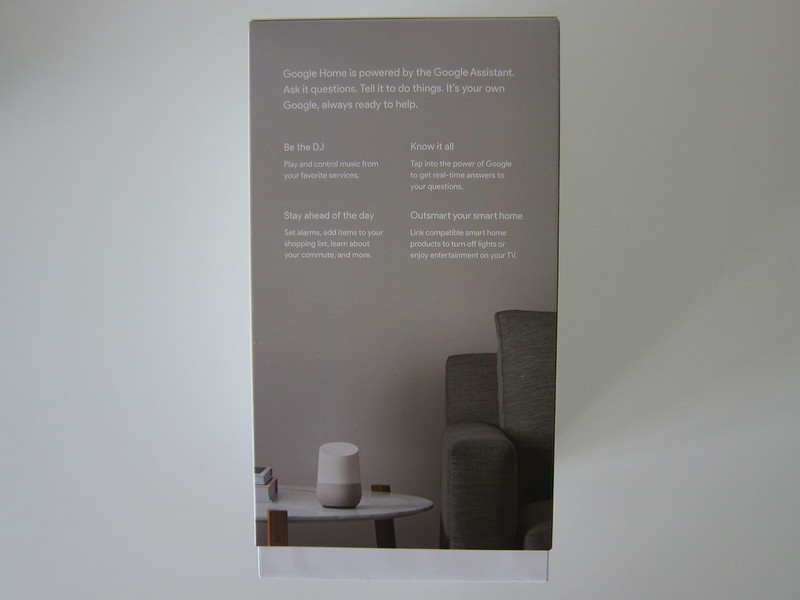
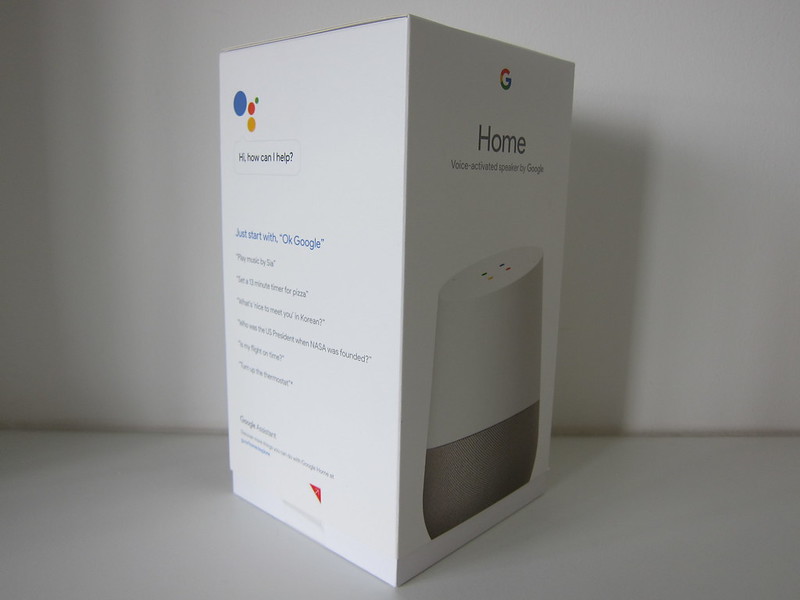

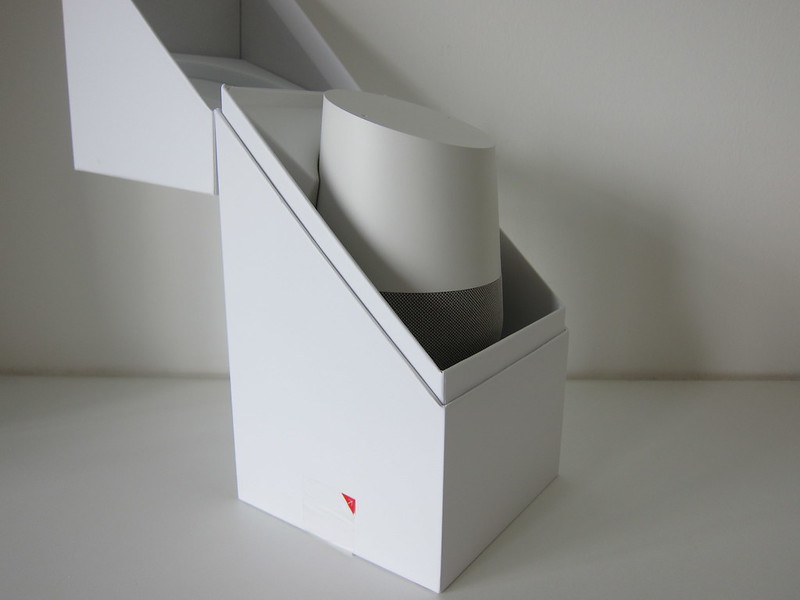

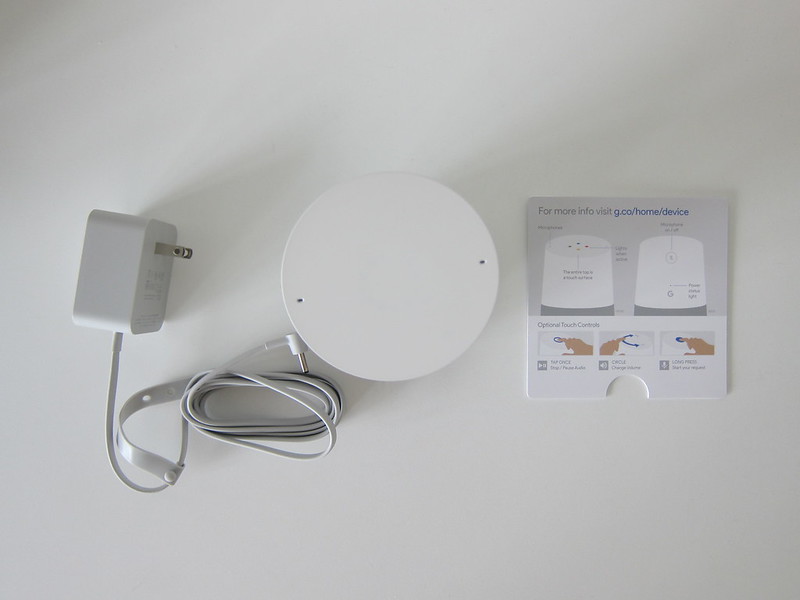
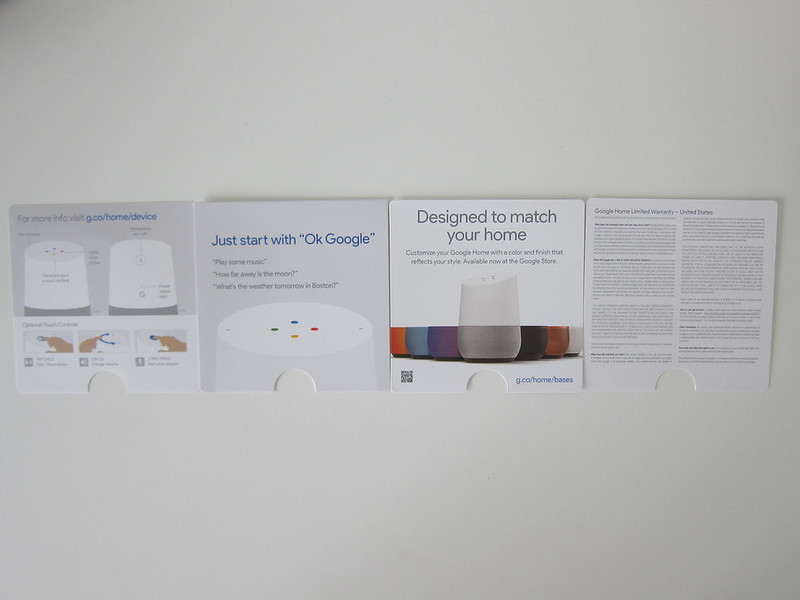

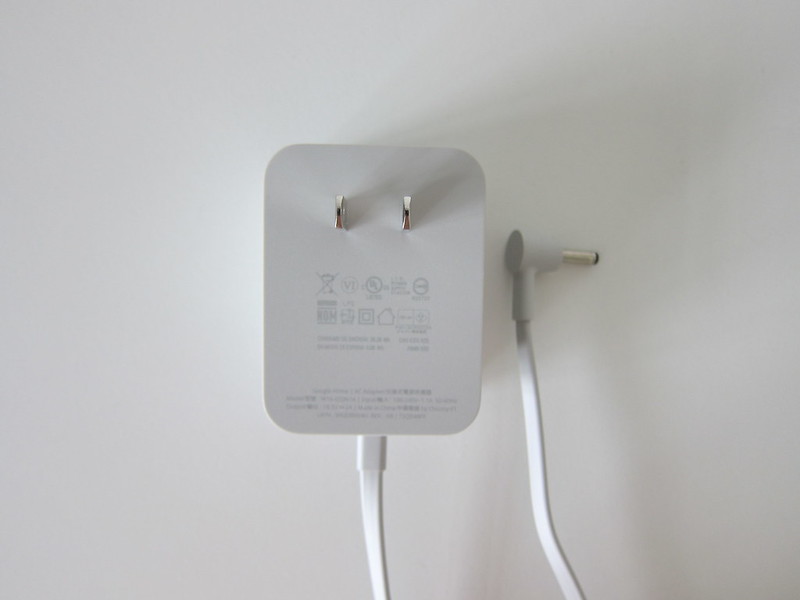
Setup
The setup process should be smooth but I encountered a network issue setting up Google Home using my iPhone 7 Plus with eero.
Google Home can detect my network but unable to connect to it. I tried the setup process for five times until I gave up.
I decided to use my Android phone and try to setup Google Home. To my surprise, the setup process was smooth, and I completed the setup on the first try. I am using the HTC U Ultra.
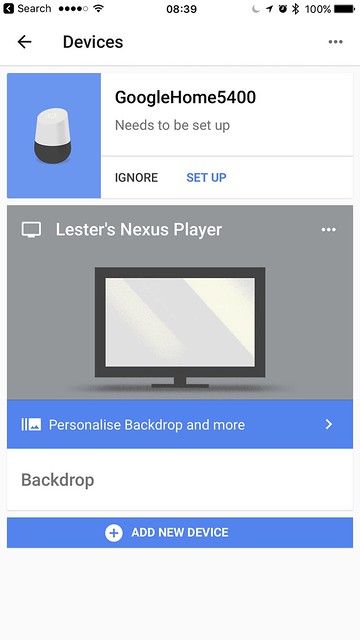

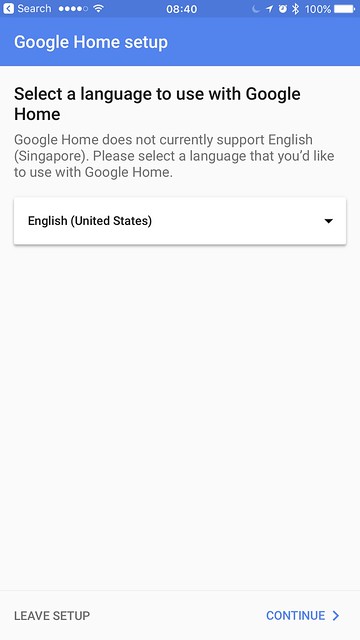

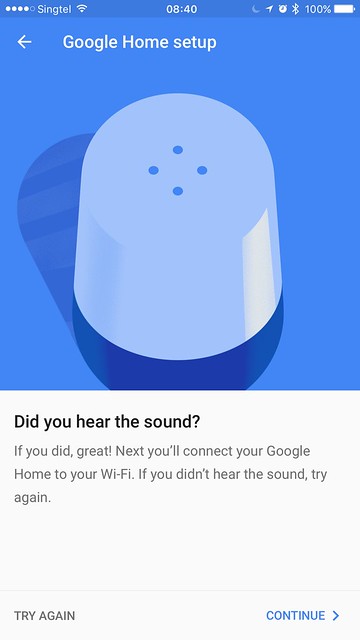

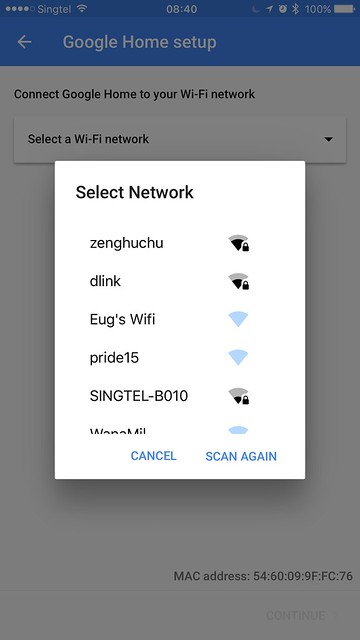
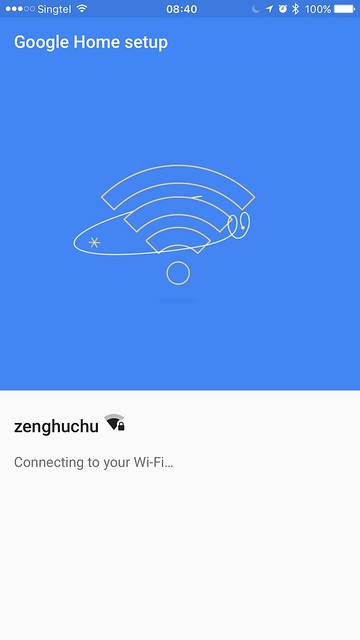

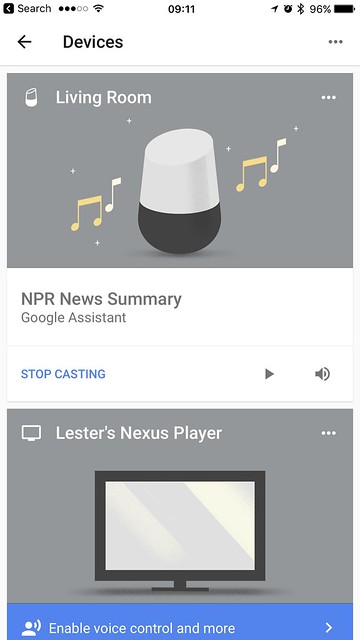
Design
